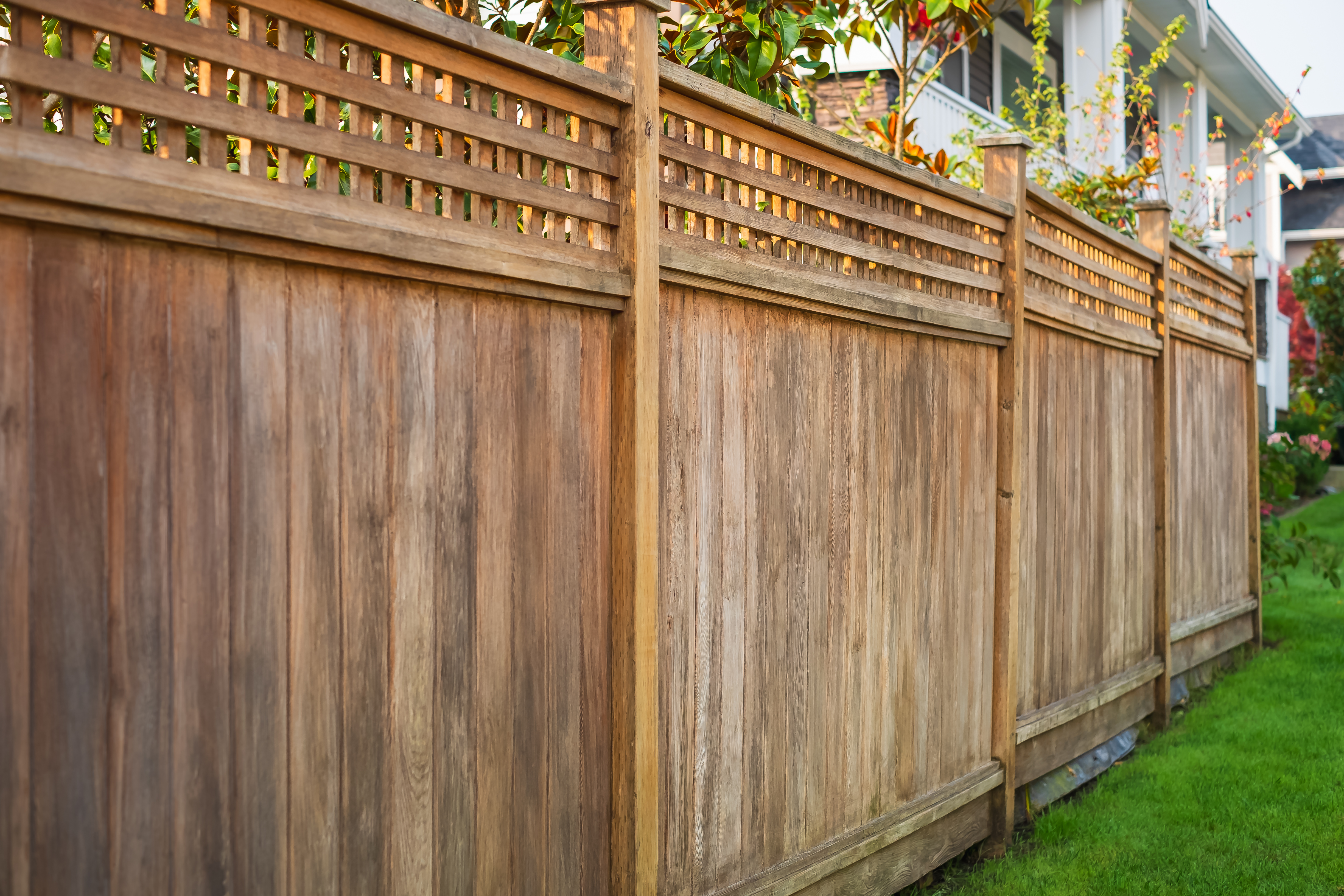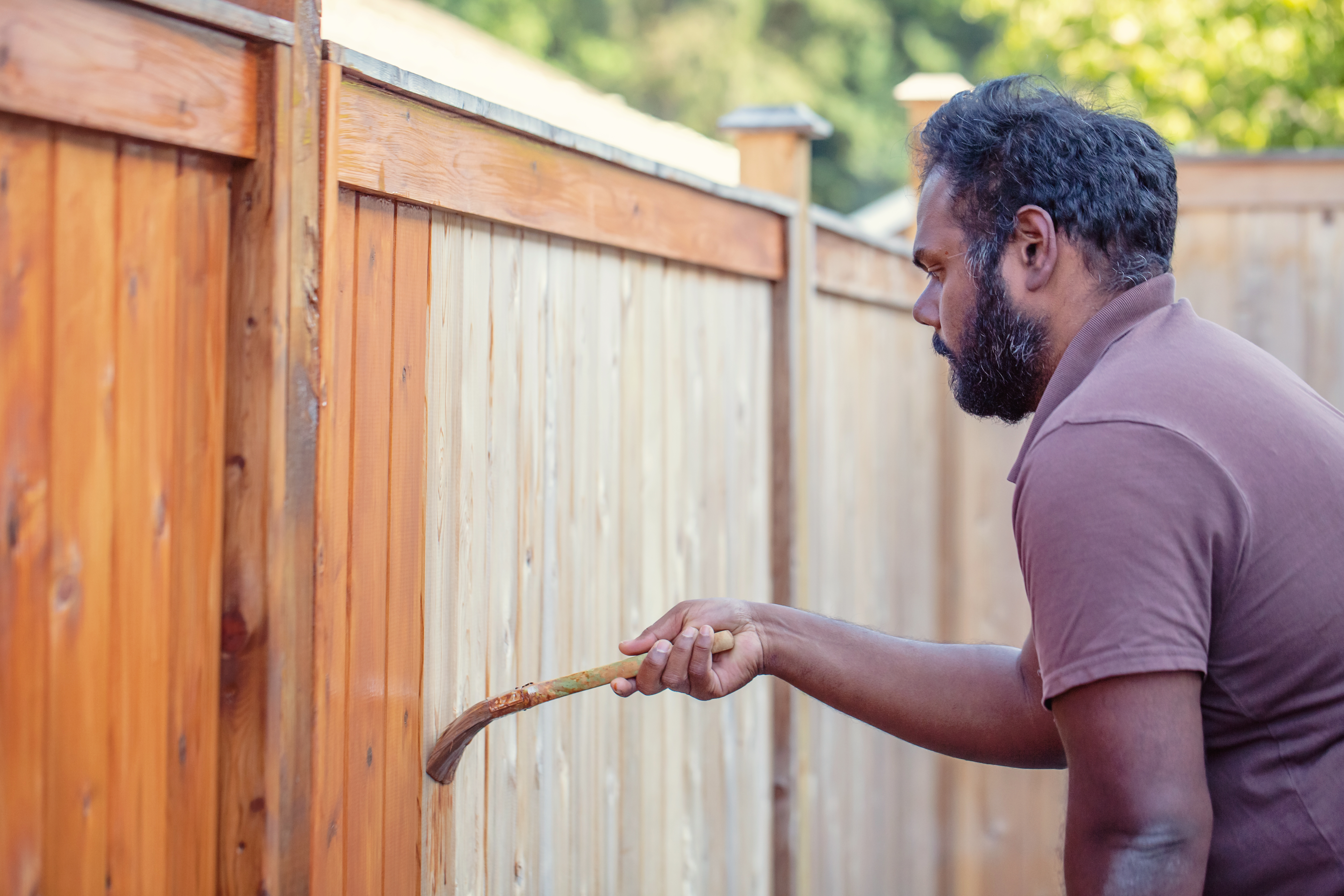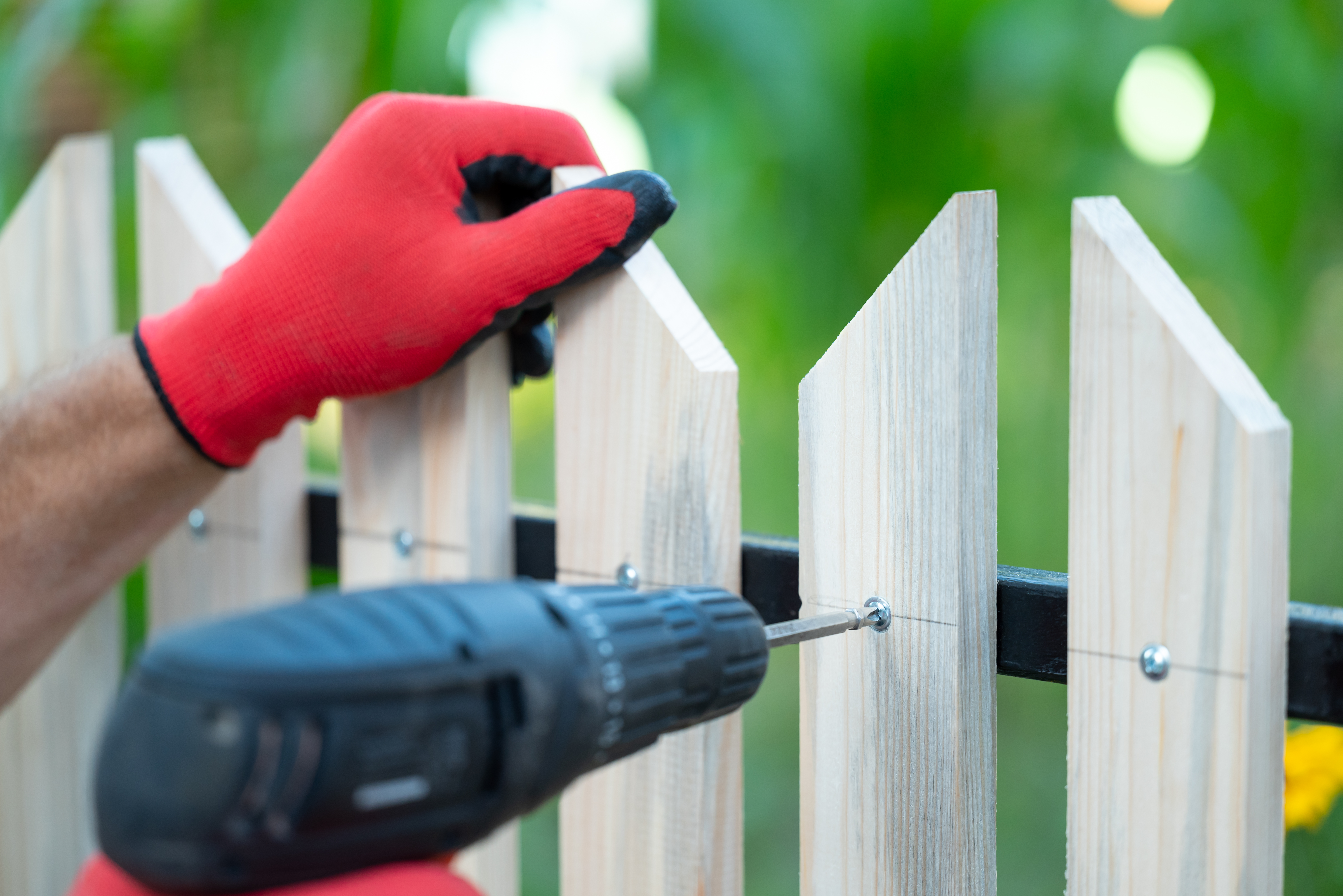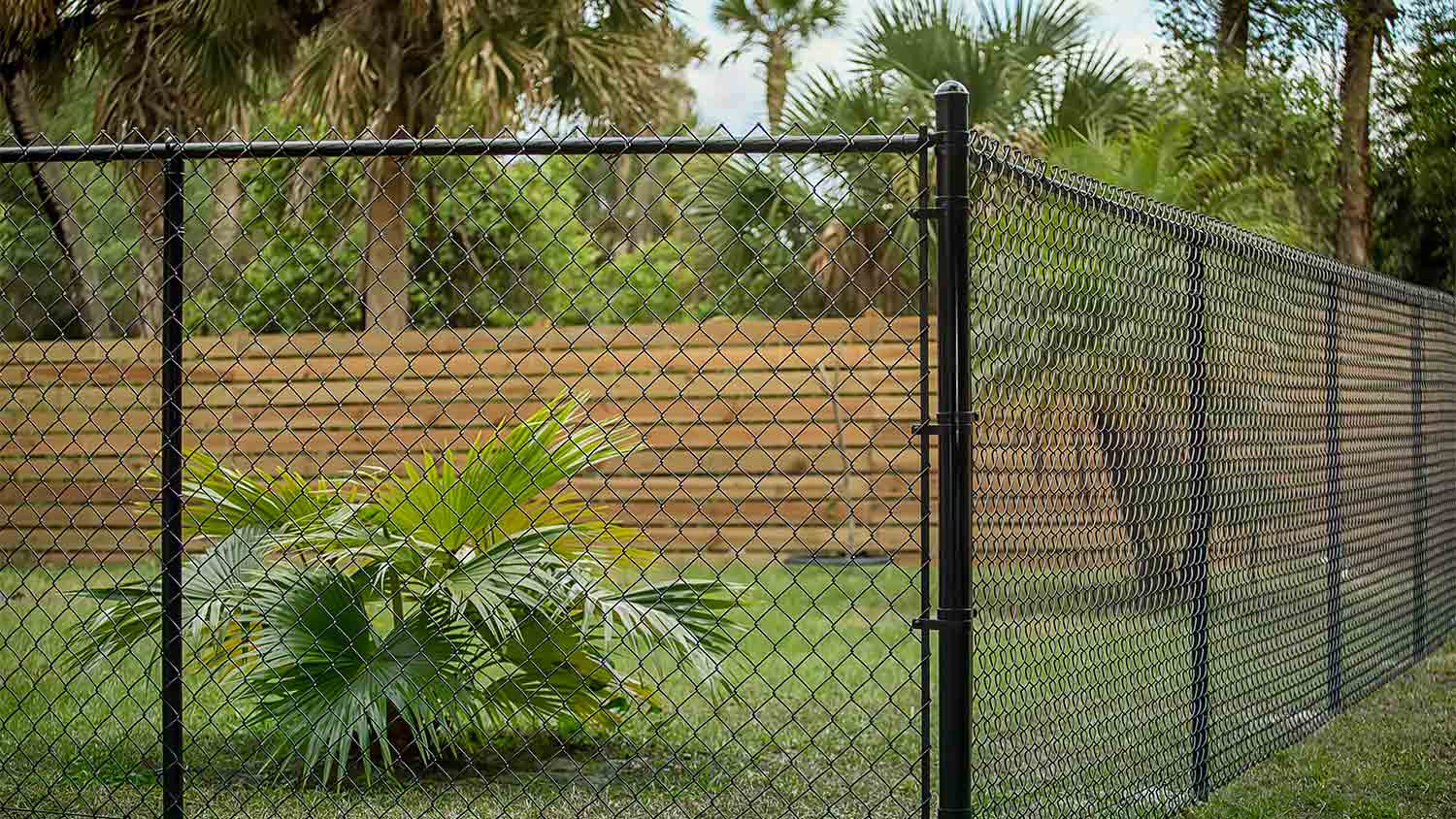
Aluminum fence costs depend on your fence’s height, thickness, design, and length. Explore all the cost factors in this guide.
No need to get bent out of shape


Moisture and humidity are the most common causes of warped fence panels.
Sun exposure and extreme temperature changes can lead to warping, as well.
Installation mistakes can also make your wooden fence warp faster.
Redirecting your sprinklers and cutting nearby trees can reduce moisture buildup on your fence.
Sealing or staining your fence can also protect it from warping.
Wood fences are classic and charming, but they’re a little less appealing when they’re warping, splitting, or buckling. If your fence has this type of damage, it’s most commonly due to moisture or humidity—but there are other possible culprits, too. Let’s explore four of the most common causes of warped fence panels.
Moisture is the primary cause of warped fence panels. When water comes into contact with your wooden fence (for example, during a rainstorm or while your sprinklers are on), the wood absorbs the water and expands. When the wood dries out, it contracts. Over time, this can lead to warping.
Whether your fence panels warped due to moisture or something else, replacing them is the best course of action. On average, these kinds of fence repairs cost $150 to $300.
Going forward, there are ways to limit moisture buildup on your fence (even though you can’t fully protect it from snow, rain, or humidity in the air). For example, you can adjust your sprinklers so they don’t spray your fence, and you can trim overhanging trees to prevent water from dripping down onto the fence.

Wood fences can also expand and contract when exposed to direct sunlight for extended periods or when the weather switches between hot and cold—especially if there’s a sudden or extreme shift in temperatures. Eventually, this constant swelling and shrinking can cause the wood to warp or buckle.
Again, replacing the warped panels is the best way to address this issue. In terms of prevention, there’s not much you can do to shield your fence from the sun or protect it against temperature fluctuations (unfortunately). However, you can minimize sun damage by using a fence stain with UV protection.
Softwoods (such as pine and cypress) warp more easily than harder types (like cedar and redwood). If your fence is made of softwood, it’s more prone to warping or twisting.
Depending on the extent of the damage, replacing the fence panels or the whole fence is the best way to deal with warping. When it’s time to pick the wood for your new fence, opt for hardwood over softwood.
An incorrectly installed fence is also susceptible to warping. For example, if there’s not enough space between the boards, they can push together—and potentially warp—when they expand and contract. In other cases, your fence could warp if there isn’t enough structural support to hold the panels in place.
Unless you have experience working on fences, it can be difficult to determine whether or not a fence is installed correctly. If you’re unsure, ask a fencing pro near you to take a look and recommend what to do next.

If you’re confident in your DIY skills, you can replace your warped fence panels without hiring a professional. However, much like building a fence, there’s a fair bit of effort required.
Before any physical work begins, you’ll have to find panels that fit with your current fence. From there, you’ll need to make sure your fence posts are in good condition (and if they aren’t, fix them) before removing the old panels and securing the new ones in place.
Of course, you don’t have to go the DIY route. If you’d rather hire a fence contractor, you’ll save yourself a good amount of time and energy. Plus, you won’t have to track down the right panels, buy any special tools or supplies, or worry whether you’re doing the job correctly.
From average costs to expert advice, get all the answers you need to get your job done.

Aluminum fence costs depend on your fence’s height, thickness, design, and length. Explore all the cost factors in this guide.

The cost to install a picket fence varies by height, material, labor, and more. Read this guide to help you budget for a picket fence installation.

How much a vinyl fence costs depends on its length, height, style, and whether you pay for labor. Learn more about the true cost of vinyl fencing.

Determining whether to repair or replace fence installations can be a difficult choice. Learn more about what factors can help you decide which way to go.

Wondering who to hire to repair a chain link fence? Learn when to call a fence contractor, when a handyperson fits, and how repairs get done.

A shadow box fence adds privacy to your yard while maintaining its aesthetics. Just what is a shadow box fence? This guide has all the answers you need.